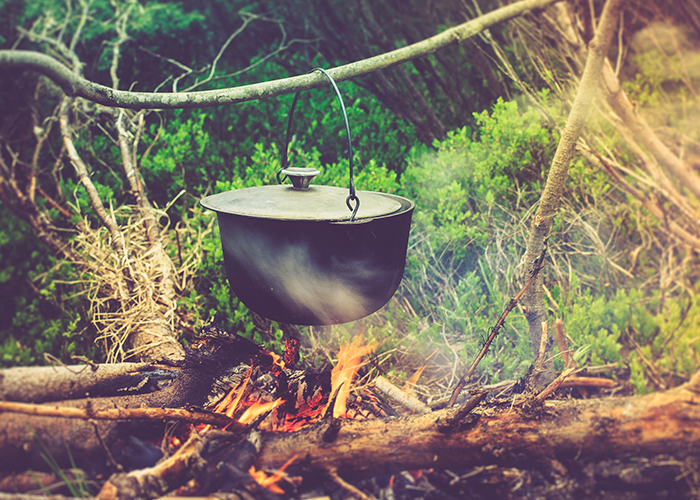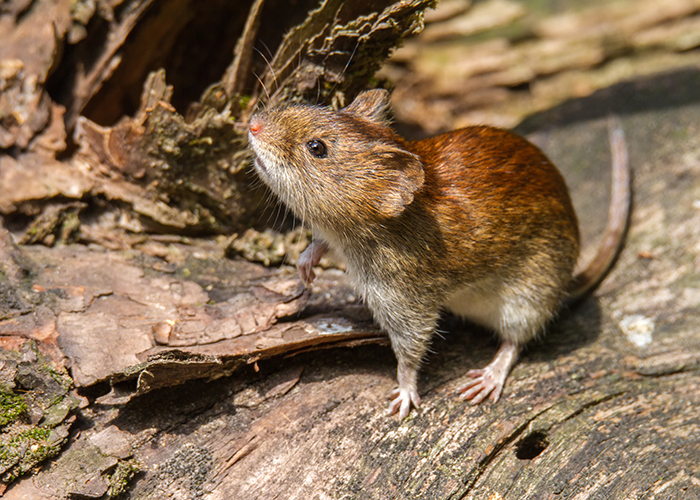When you think about diseases that threaten travelers, you probably think they only exist on foreign continents covered in thick, mosquito-laden jungles. But this is a dangerous misconception. When it comes to serious diseases, in America you are at just as much risk as you are anywhere else.
Diseases in America
Because the United States is so large and encompasses so many different ecosystems, traveling from one region to the next can feel like journeying to a foreign country—and you should use a similar level of caution when it comes to protecting your health. This means that even though you are in the same country, you are still traveling to a different part of the world and should be wary of the diseases in America that might await you there, whether you’re an American or a foreign tourist.
Here are the diseases in America that you should look out for on any vacation in the U.S.
Zika

Still relatively new among diseases in America, there have been over 200 cases of Zika reported in the U.S. in 2017, which means this mosquito-borne virus is still a possibility not only while traveling in tropical U.S. territories like Puerto Rico and the U.S. Virgin Islands, but also in the Southern and Gulf states—particularly Florida and Texas. Symptoms of Zika include fever, rashes, headaches, and joint pain. The virus is particularly dangerous for pregnant women, as it has been linked to cases of the microcephaly birth defect in infants.
There is currently no vaccine for the Zika virus, so if you’re traveling to one of these Southern hot spots, make sure you’re prepared to fend off the mosquitoes.
Lyme Disease

With so many beautiful national parks to explore in the United States, travelers—particularly hikers—should be wary of Lyme disease, one of the most well-known diseases in America. Caused by bacteria, Lyme disease is most often transmitted to humans via tick bites from blacklegged ticks. Symptoms include fever and fatigue, and, when left untreated, the infection could spread to the joints, the heart, and the nervous system.
Lyme disease is most commonly found in the northeast Appalachians, but numerous cases have been reported throughout the U.S. The best way to prevent Lyme disease is to use a strong bug repellent, use permethrin spray on your clothing and gear, and wear long sleeves, long pants, and neutral-colored clothing. When you’ve finished your hiking for the day, make sure to carefully examine your body, clothing, gear, and pets for ticks before going inside.
Salmonella

When you’re at home, you probably take many unconscious steps to prevent getting sick from salmonella—like keeping your home clean, cooking your food all the way through, and resisting the temptation of raw cookie dough. However, when you travel, you might let our guard down at the worst possible time. Whether you’re cooking your own dinner over a campfire or indulging in the buffet, always be wary of salmonella, a bacterial infection that causes a sudden onset of diarrhea, abdominal cramps, nausea, and fever.
While on vacation, remember you’re still at risk for the same food-borne diseases you are at home. Consider also that you’ll be in contact with the germs of other tourists throughout your travels, making you more susceptible to catching diseases in America. Make sure you sanitize and wash your hands throughout your trip (especially if you travel by plane) and keep an eye on the CDC’s list of active salmonella outbreaks.
Rocky Mountain Spotted Fever

Don’t let the name fool you; you should be wary of Rocky Mountain spotted fever throughout the U.S. Another bacterial infection transmitted by ticks, this disease affects your internal organs and can do serious damage to your kidneys and heart. Symptoms include headache, fever, and a rash that appears on the wrists and ankles, for which the disease is named.
This disease can be deadly, so remember to constantly check for ticks while spending time in heavily wooded areas, not only on your body, but on your gear as well. Immediately seek help if you notice any of the symptoms listed above.
Hantavirus

Hantavirus is a pulmonary disease that occurs sporadically throughout the U.S. It is spread by rodents and can be fatal. The disease is transmitted to humans in the air whenever “rodent urine, droppings, or nesting material are stirred up,” according to the CDC. Hantavirus occurs most commonly in rural areas, but travelers in the U.S. should be most wary while camping or staying in any buildings you might suspect to have a rodent infestation.
Whether at home or on vacation, the best way to prevent contact with rodents is to keep your accommodation clean. Symptoms of hantavirus are often confused with the flu, and many people who contract the virus are not aware that they came in close contact with rodents. If you are experiencing flu-like symptoms and suspect you might have had a close encounter with rodents, tell your doctor about it immediately.
More from SmarterTravel:
- Does Natural Mosquito Repellent Actually Work?
- Ticks and Travel: What You Need to Know to Prevent Tick Bites and Illnesses
- 9 Products to Help You Stay Healthy While Traveling
Jamie Ditaranto is a writer and photographer who is always looking for her next adventure. Follow her on Twitter @jamieditaranto.
We hand-pick everything we recommend and select items through testing and reviews. Some products are sent to us free of charge with no incentive to offer a favorable review. We offer our unbiased opinions and do not accept compensation to review products. All items are in stock and prices are accurate at the time of publication. If you buy something through our links, we may earn a commission.
Related
Top Fares From
Today's Top Travel Deals
Brought to you by ShermansTravel
France: 8-Night Paris, Avignon & Nice...
Infinity Worldwide Vacations
 vacation
$2880+
vacation
$2880+
Poconos: 3 Nts in Garden of...
ResortsAndLodges.com
 hotel
$305+
hotel
$305+
7-Nt Canada & New England Cruise,...
Princess Cruises
 cruise
$839+
cruise
$839+




